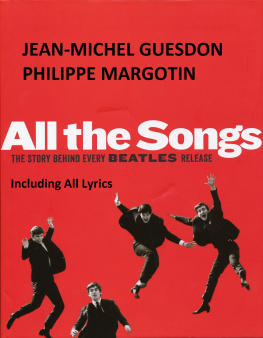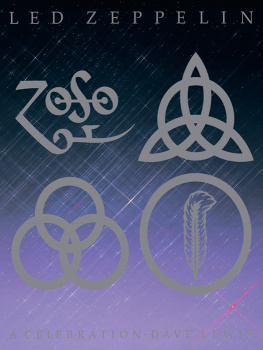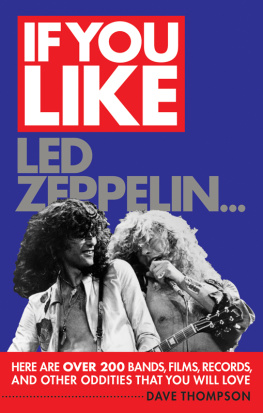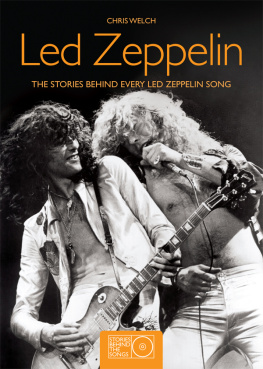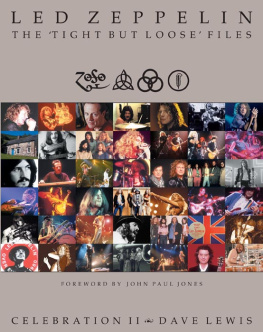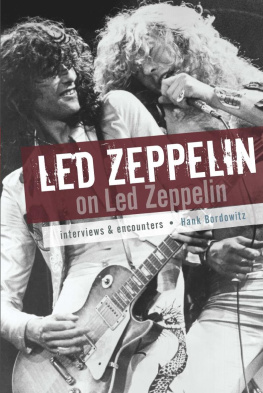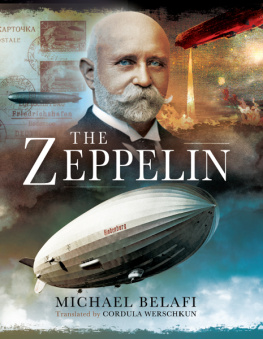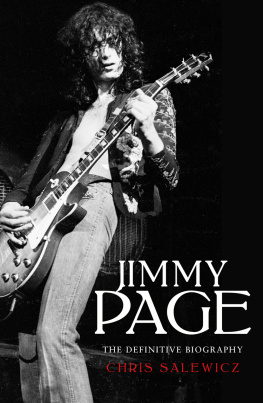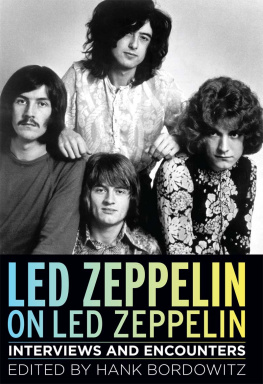Cover copyright 2018 by Hachette Book Group, Inc.
Hachette Book Group supports the right to free expression and the value of copyright. The purpose of copyright is to encourage writers and artists to produce the creative works that enrich our culture.
The scanning, uploading, and distribution of this book without permission is a theft of the authors intellectual property. If you would like permission to use material from the book (other than for review purposes), please contact permissions@hbgusa.com. Thank you for your support of the authors rights.
Black Dog & Leventhal Publishers is an imprint of Perseus Books, LLC, a division of Hachette Book Group. The Black Dog & Leventhal Publishers name and logo are trademarks of Hachette Book Group, Inc.
The publisher is not responsible for websites (or their content) that are not owned by the publisher.
The Hachette Speakers Bureau provides a wide range of authors for speaking events. To find out more, go to www.HachetteSpeakersBureau.com or call (866) 376-6591.
Led Zeppelin rose from the burning embers of the Yardbirds in autumn 1968. At the end of March, Keith Relf (vocals, guitar), Jimmy Page (guitar), Chris Dreja (bass), and Jim McCarty (drums) embarked on a seventh US tour: twenty-five concerts from March 28 (Schenectady, New York) to June 5 (Montgomery, Alabama). As various members of the group were already developing other projects, this was to be the last. It was in Los Angeles that the YardbirdsJim and Keithdecided to call it a day and pursue a new musical direction, remembers Jimmy Page, before adding, curiously, The day before their announcement I visited a palmist who told me that I was soon to make a decision that would change my life.1
From the Yardbirds to Led Zeppelin
In 1968, while the baby boomers were dreaming of free love, of changing the world and ditching the rulebook, the music scene was also undergoing a revolution. The previous year had seen rock music radically transformed by the Beatles with their concept album Sgt. Peppers Lonely Hearts Club Band, by Pink Floyd with The Piper at the Gates of Dawn, by the Doors with their eponymous first album, by Frank Zappa and the Mothers of Invention with Absolutely Free, by the Jimi Hendrix Experience with Are You Experienced and Axis: Bold as Love, and by Cream with Disraeli Gears. A year later, following the emergence of the first two power trios of the rock erathe Jimi Hendrix Experience and Creamtwo more groups started to draw attention to themselves by pumping up the decibels: Iron Butterfly, with the title track and album In-A-Gadda-Da-Vida (which sold some eight million copies in 1968 alone!) and Vanilla Fudge, whose eponymous debut album (1967) included impassioned covers of Ticket to Ride and Eleanor Rigby (by Lennon/McCartney), People Get Ready (by Curtis Mayfield), and You Keep Me Hangin On (by the Motown trio Holland-Dozier-Holland). It was not long since Jeff Beck had also broken free. Jimmy Pages former Yardbirds colleague had formed the Jeff Beck Group with Rod Stewart (lead vocals), Ron Wood (bass), and Micky Waller (drums), recording the superb album Truth (between May 1966 and May 1968, released in August 1968) which includes Becks Bolero, written mainly by Jimmy Page.
This hard or heavy rock, often tinged with psychedelia, is the very route Jimmy Page was determined to go down. The departure of Keith Relf and Jim McCarty from the Yardbirds provided Page with an unexpected opportunity to do just that. For the moment, Page and Dreja obtained the right to carry on the adventure under the Yardbirds name, but felt duty bound to honor the bands existing commitments. At the same time, the guitarist started drawing up a list of musicians with whom he wanted to play. He hoped to convince the drummer B. J. Wilsonwith whom he had contributed to Joe Cockers cover of With a Little Help from My Friends (released as a single in October 1968)to join him in the new venture, but Wilson was now a member of Procol Harum, a band that had been at the forefront of symphonic rock since A Whiter Shade of Pale and was going from strength to strength. Page therefore received a polite refusal from the drummer
As for the lead singer, Page initially thought of Steve Marriott, whose work as front man of the Small Faces he rated highly, and then Terry Reid, of whom he had great memories from September 1966, when Peter Jay and the New Jaywalkers, of which Reid was a member, supported the Rolling Stones on tour alongside the Yardbirds. However, Terry Reid had to turn down the offer for contractual reasons, having signed with Mickie Most as a solo artist and begun recording his first album (Bang, Bang Youre Terry Reid). Reid suggested that Jimmy Page contact another singer he admired, one Robert Plant, then a member of a Birmingham-based band by the name of Obbstweedle. On July 20, 1968, Page, Dreja, and Peter Grant (manager of the Yardbirds and future manager of Led Zeppelin) traveled to Walsall College (in the West Midlands) to see the band in concert and were won over. A few days later, Jimmy Page invited Robert Plant to his riverside home in Pangbourne (Berkshire) on the Thames, and told him of his plans to form a new group. I was taken aback, explains Plant to Paul Rees. I mean, the Yardbirds had cut some serious shapes at one point and obviously they were working in America. Then I met Jimmy and he was so charismatic. His contacts were phenomenal.2
Moreover, Jimmy Page and Robert Plant shared the same musical tastes, ranging from the psychedelic folk rock of the Incredible String Band to the urban blues of Muddy Waters and the rock n roll of Chuck Berry. Trust developed rapidly between the two men, forming the basis for a solid friendship. When Page told Plant that he was still looking for a drummer (following another refusal, this time from Rolf Harris, who was committed to a tour of West Germany, and unsuccessful approaches to Aynsley Dunbar, Mitch Mitchell, and Bobby Graham), Plant had no hesitation in suggesting John Bonham, with whom he had shared a short-lived adventure in the blues-rock band Crawling King Snakes and then Band of Joy. John Bonham was currently in the Tim Rose band. I went to see him play in London, then I knew immediately there was no one else,1 explains Jimmy Page.
The last piece of the puzzle was the bassist. During the Yardbirds final tour, to the United States, Chris Dreja had decided to abandon music to become a rock photographer. John Paul Jones, whom Page had known for several years, having played alongside him on a number of recordings when they were both session musicians, got wind of the guitarists plans and put himself forward.
In autumn 1968, the four musicians plus Peter Grant formed Superhype Music Inc. in order to ensure their total artistic freedom (that is to say freedom from hypothetical producers). The initial rehearsals began on August 19 in a room above a record shop on Gerrard Street in Londons Soho district. It was wall to wall amplifiers, terrible, all old, recalls John Paul Jones. Robert had heard I was a session man, and he was wondering what was going to turn upsome old bloke with a pipe? So Jimmy said, Well, were all here, what are we going to play? And I said, I dont know. What do you know? And Jimmy said, Do you know Train Kept A-Rollin? I told him no. And he said, Its easy, just G to A. He counted it out, and the room just exploded. And we said, Right, were on, this is it, this is going to work!!!3


